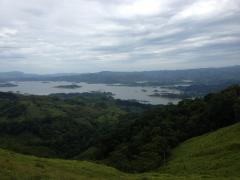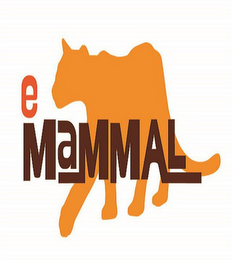Wildlife Camera Network Northwest

The Wildlife Camera Network Northwest (WCN-NW) comprises non-profit organizations, agencies, universities, schools, and municipalities, and was designed to enhance the value and conservation application of camera trap studies and data. The WCN-NW encourages communication and, where possible, collaboration among both professional- and citizen science-based research projects in an effort to develop common protocols and to increase study sample sizes. Further, the WCN-NW encourages use of a unified data recording structure and open-access database (the Smithsonian Institution’s eMammal platform and tools) to assure future archiving of and access to valuable species detection data.
During the past decade remote cameras—also known as camera traps—have emerged as a primary wildlife research tool. In addition to documenting the occurrence of species, remote cameras can also provide valuable information about species demography and behavior, including timing of reproduction, reproductive success, den site behavior, and temporal activity. Finally, and not least importantly, remote cameras have been used extensively as outreach and teaching tools, helping students and "citizen scientists" engage with nature while simultaneously collecting valuable data. A number of projects that use camera traps are currently underway by agencies, organizations, and universities in the northwest. Data recorded by such efforts, however, are typically stored on non-networked hard drives, and sharing of such data across projects can be unwieldy at best. More problematic is that most remote camera data have not been recorded in a format that would facilitate data sharing. Modern camera traps can collect thousands of images in a relatively short period of time, and reviewing and inputting such data into electronic databases can be an overwhelming task. The inability to use—now or in the future—a vast proportion of the camera trap data that are being collected is a waste of both limited funding and a tremendous amount of effort on the part of camera trappers. The WCN-NW and its use of the Smithsonian’s eMammal framework was designed to address these issues.



